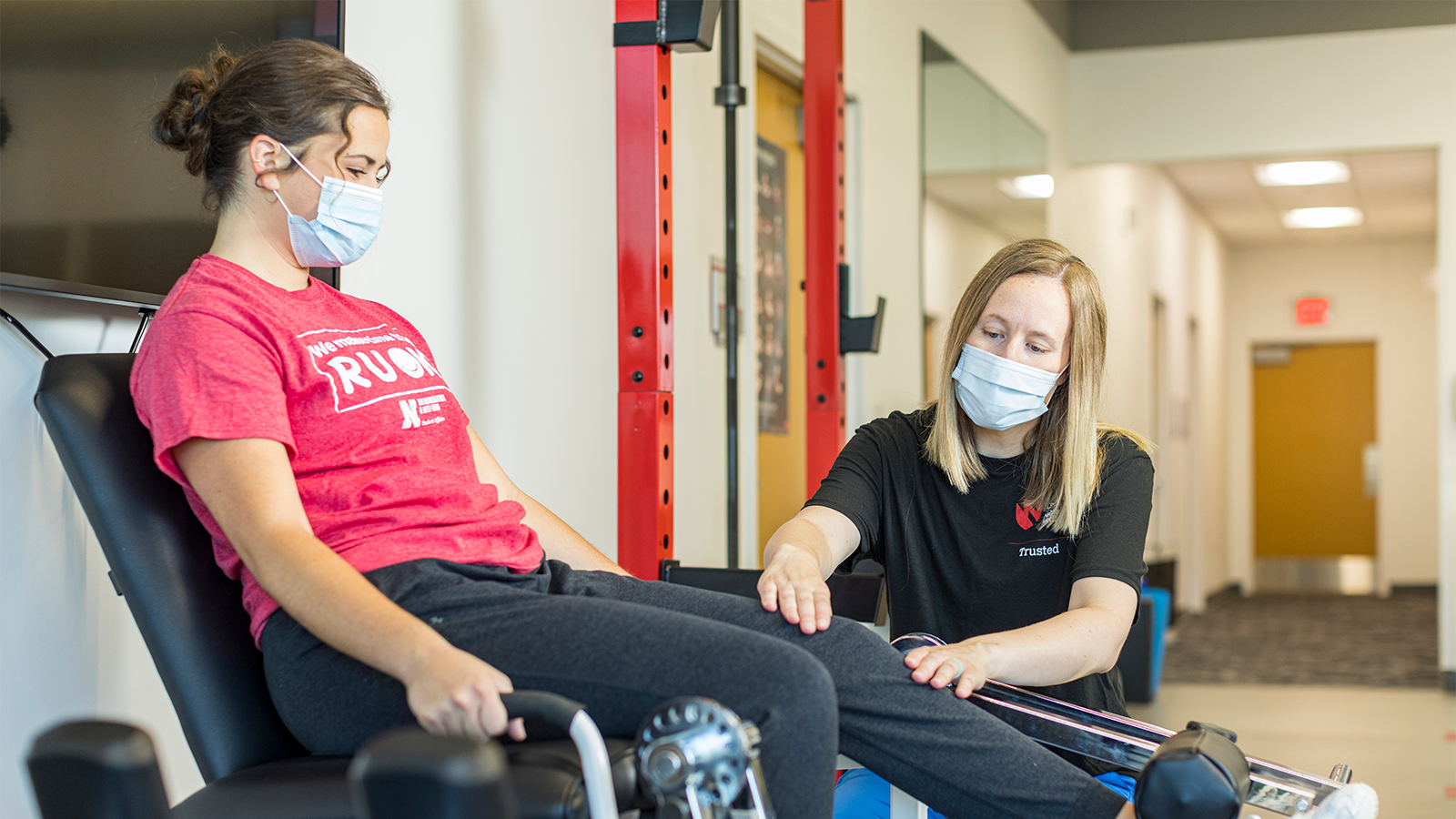Utilizing the Power of Physical Activity to Alleviate Persistent Pain and Improve Standard of Life
Utilizing the Power of Physical Activity to Alleviate Persistent Pain and Improve Standard of Life
Blog Article

Persistent pain affects millions of people worldwide and can substantially reduce the standard of life. It can arise from multiple conditions, such as joint inflammation, fibromyalgia, or prior injuries. While drugs and therapies are frequently employed to manage pain, a expanding body of research shows that exercise can serve a vital role in alleviating chronic pain. Participating in regular physical activity can not only assist lower pain intensity but also improve overall health and capability. Understanding how exercise affects the body can enable individuals to assume control of their pain relief.
Exercise has several physical benefits that can aid alleviate chronic pain. When individuals participate in exercise activities, their systems produce endorphins, which are innate pain-killers. Additionally, exercise can improve blood flow and fortify muscles, providing superior support for articulations. For those with issues like arthritis, low-impact workouts such as aquatic exercises or biking can assist maintain joint mobility without putting excessive stress on the system. Consistent exercise also helps in maintaining a fit weight, which can lessen the pressure on load-bearing joints and further alleviate pain.
In addition to its physical benefits, exercise has a positive impact on mental health. Chronic pain can often lead to emotions of anxiety and depression, which can exacerbate the experience of pain. Participating in consistent physical exercise can assist fight these emotions by enhancing self-esteem and improving mood. Group exercises, such as yoga or pilates, also provide communal interaction, which can improve emotional backing. This combination of physical and mental health benefits makes exercise an essential component of a comprehensive pain management strategy.
It is crucial to tackle exercise with care, particularly for those dealing with chronic pain. Starting slowly is vital to prevent worsening symptoms. Patients should consider consulting healthcare professionals to develop a tailored exercise program that considers into consideration their specific conditions and limitations. Exercises such as flexibility training, walking, or light yoga can be great starting points. Slowly boosting the intensity and length of sessions can help build strength and exercise for improving flexibility endurance without causing undue strain on the system.
In summary, harnessing the power of exercise can significantly reduce chronic pain and improve standard of life. Regular physical activity not only helps to lessen pain through the release of endorphins and enhanced muscle strength but also supports mental well-being. By including exercise into regular routines, individuals can empower themselves in controlling their pain. A thoughtful and knowledgeable approach to exercise, guided by healthcare experts, can bring to lasting benefits in health and overall quality of life.